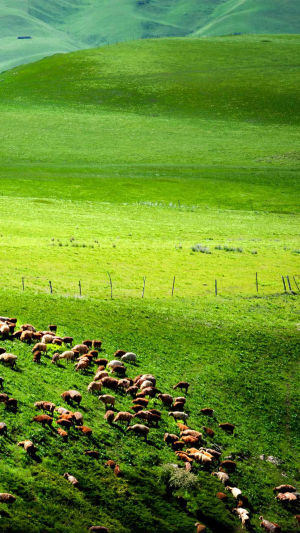Kranji woodland is rich in plant and animal ecology and is home to at least 206 species of animals.
The site of the previously mistakenly logged Kranji Agri-Food Innovation Park is a woodland with a rich ecology of flora and fauna, and at least 15 species worth preserving. The environmental assessment report recommends that the original ecology be preserved as much as possible, including through the reconstruction and enhancement of parts of the woodland.
The Kranji woodland mix-cutting incident continues to fester and various rumors are flying around.
The president of this corresponding company said he would take "overall responsibility" for the incident and said, "we will not shirk our responsibilities".
According to media reports, he said that after the incident, our group started an internal review to find out whether its employees have worked following the rules and procedures, and how to improve the monitoring process with contractors and other cooperation agencies.
Located at the junction of Kranji Road and Kranji Lane, Kranji Woodland covers an area of about 70 hectares, which is about double the size of Duffer Forest, equivalent to 98 standard soccer pitches or the size of the Lake.
Citing Google Earth photos, the Group explained that the Kranji woodland, which is used for agricultural development, is not a nature reserve and may have significant ecological value.
When the land was returned by KTM on July 1, 2011, it was only a scrubland before vegetation, including Albizia, a fast-growing invasive alien species slowly grew up.
The Group, the developer, said the KTM site was "erroneously cleared" by the contractor before a baseline study to assess biodiversity was completed, adding that the clearance began in December last year.
However, several local media have revealed that the clearance work was carried out in March 2020, after referring to satellite data and checking with workers.
The satellite data from Global Forest Watch shows that the dense woodland began to disappear from north to south in March last year.
The Straits Times reported that the Sentinel-2B satellite, used for the Copernicus Earth monitoring program, showed that at least 11 soccer fields of woodland were cleared by January 25 of this year.
The Union-Tribune, for its part, visited the site to interview a worker who did not want to be named. He was reportedly in the process of clearing the woodland before he entered the construction site in September last year.
Feb. 19: The Morning Post's speech page, says that large-scale logging is not something that happens overnight and that both sides are to blame, so don't put all the blame on the contractor.





